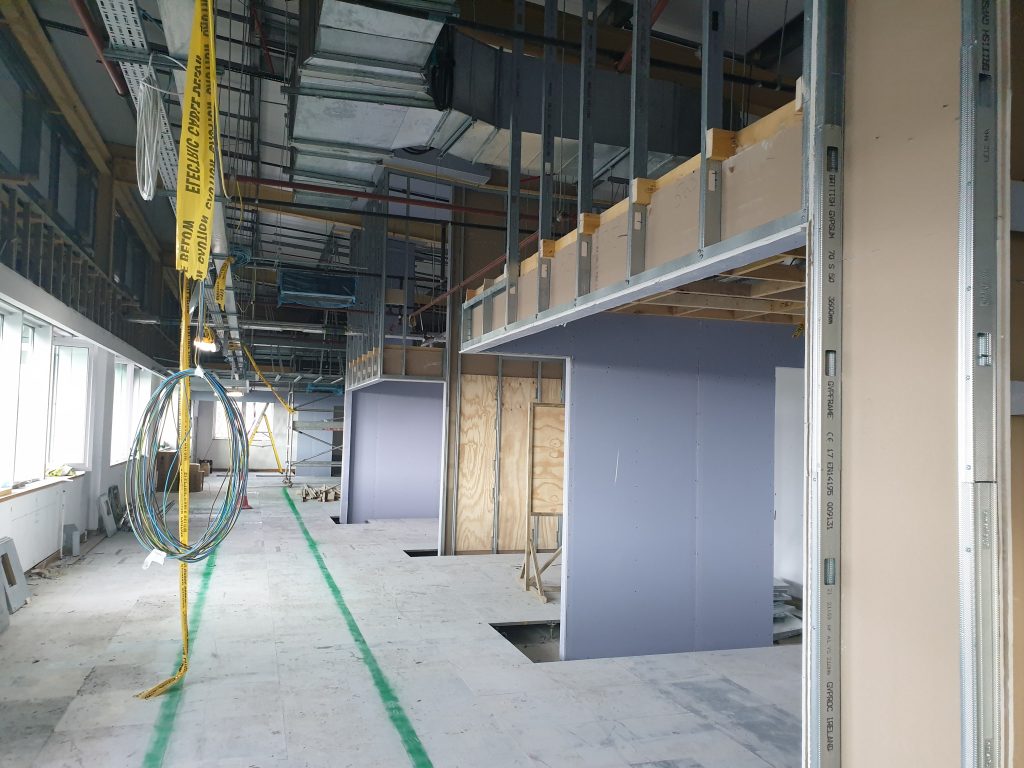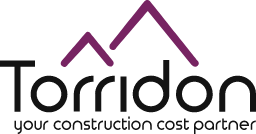
 Back to insights
Back to insights
5 strategies that could save money on your next refurbishment project without compromising on quality
When it comes to saving money on a construction project, one of the false beliefs that a lot of people have is that saving money means inferior quality in what you get at the end of the project, and that’s simply not always the case. A good Quantity Surveyor working with your design team will help you to achieve your important goal of delivering a high-quality space. The five points that I’ll highlight in this article are there to give you a guide of ways that you can save some money on your refurbishment project without compromising on quality.
1) Consider the optimum procurement and tendering strategy
The way that the project is set up from the beginning and the way you get a contractor / delivery partner on board has a significant influence on the final cost of the project – it can really help to save money or cost you more and potentially cause friction between parties during construction if ill-thought-out.
With procurement and tendering there are a lot of things to consider and there isn’t a one size fits all approach. There is often a tendency to do things the way you know, but what works on a new build will almost certainly not be appropriate on a complex refurbishment project. For a start, and as I’ll cover later in this article, the transfer of design and construction risk can be fraught with complications and can result in premium pricing. Similarly, if the project spans a particularly long period of time, what is the expectation on the contractor holding their price for the duration of the work and assuming the risk of market fluctuations, particularly in the current market conditions? Because every project and client is different, longstanding tried and tested methods such as a single source contractor via a competitive tender may not always be the most economical way to procure the project. Considering this at an early stage in the project is essential as a weak strategy could result in a considerable additional cost to the project. For example, as an alternative, staging the tender and de-risking the project through an enabling package can often be beneficial, even if only to give greater cost certainty during construction period – there is also potentially the overall benefit of shortening the overall programme which may have other commercial advantages to the client.
2) Allocating risk appropriately
By appropriate risk allocation what I essentially mean is making sure that if you, as the client, intend to ask someone to take on a risk it’s important to make sure they are the best placed party to do so.
On refurbishment projects in particular, the allocation of risk between parties can be a contentious point. Often as a design team, there is a desire to try and ‘de-risk’ the project for the client as much as possible by passing the risk of potential additional works to the existing building fabric and structure onto the contractor, to essentially obtain a fixed price and reduce the risk of cost increases. There isn’t anything wrong with this approach if managed correctly and there are often situations where this makes the most sense, however it can also result in a significant cost premium and may lead to disputes and/or quality issues.
To transfer risk in a cost-effective way the contractor really needs to have the opportunity to survey and inspect / test thoroughly. Even then, they may still charge a premium for unforeseen costs which may arise. For example, let’s just say that you agree that the contractor will take on the risk of fire integrity of the existing frame, but at the time of pricing the building is fully occupied, and steelwork is covered up and you aren’t able to give them access to carry out intrusive investigations. In this situation the contractor has no further information than you do. In submitting their price for the project, they might assume best case, or they are more likely to assume worst case. If, when they get to site and strip out the building internal finishes the contractor then finds that there is very little work to do, then they benefit. Equally had they priced the project on a more optimistic basis they take the pain. So, by transferring this risk, the client loses the opportunity to save money, but the benefit is that they hedge against the likelihood of cost increases.
It’s always important to bear in mind that choosing not to transfer risks through the construction contract could end up resulting in both a higher or lower project cost, so each risk needs to be assessed on its own merits and based on the information available and who is best placed to take ownership of this.
3) Ensure that design and base-build information is co-ordinated
The importance of co-ordinated design information should not be underestimated. It’s critical that before a project is tendered to the market that the information is fully co-ordinated; both within the design team (between the consultants), and between the design information and the base building constraints / retained installations.
Change during the construction phase is the most expensive type, and often there is very little time available to decide due to the fast-paced nature of many refurbishment projects. If the design information hasn’t been co-ordinated properly then this could potentially influence cost in several ways:
- The cost of additional works
- Premium cost to deliver an alternative / additional product to site
- Premium labour to carry out works out of sequence / out of hours / or with very little notice
- Construction cost increases for abortive work / items of re-work
- Programme extensions, and associated costs
- Additional consultancy fees
- Additional client time to deal with the issue
A change that is implemented out of necessity on site may have other much bigger knock-on consequences as well such as dissatisfied users/occupiers or even potential issues regarding any existing client commitments to tenants / prospective buyers, so as you can see its very important to ensure that all information is co-ordinated as far as possible prior to starting on site as a minimum, but ideally before tendering the project.
4) Consider design options and efficiency early in the process
By design efficiency, what I mean is thinking about how different parts of your refurbishment project interact with each other in the space. On a refurbishment project there are usually more constraints that impact on design efficiency than with a new build as you are limited by the existing building fabric and structure. However, there are still some measures that can be taken, and option appraisals of the design at every stage helps to ensure that the building both functions as it should but is also cost efficient.
Early in the design stages, testing various aspects of the design can have a big impact on the overall cost and may only have a very small impact on the overall quality of the scheme. Some things that might be considered in the early design stages are:
- Can parts of the existing building be retained?
- Can parts of the existing building be re-use elsewhere in the project
- Overall configuration and how this impacts on the level of cellularisation of the space
- Adjacencies of rooms and its impact on services
- Sequencing of the works – are the works being phased in such a way that increase the amount of temporary works?
The earlier that the efficiency of the design is considered the bigger impact this can have on the project, and the savings can be significant.
5) Leave flexibility in the specification
Particularly on high-end commercial refurbishment projects, its important that the design team retains control of the specification to ensure that this meets your requirements in delivering a high-quality space, and it’s not always appropriate to have open specifications for items of aesthetic importance. However, there can often be a lot of single source products which make up a significant value of the project.
Having named products can often limit the supply chain as each manufacturer will have different supply prices with the contractors, and often also have a limited supply chain who can carry out the work. If these installers are demand at that time, then you might pay a cost premium for this. By permitting equal or approved products, or even listing permitted options this significantly widens the supply chain available for the project.
Conclusion
Now you have five ways to save money on your next refurbishment project whilst still delivering a high-quality space. With a good design team and Quantity Surveyor behind you, who are continuously implementing these measures to deliver your project more efficiently you will be in a good place. Whilst it’s not always easy to quantify the exact savings associated with each of the points I highlighted, they can be significant. More importantly the impact of getting these wrong could substantially increase the cost to deliver your project.









